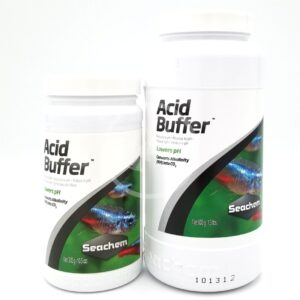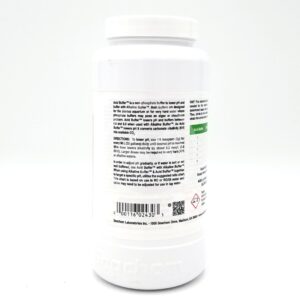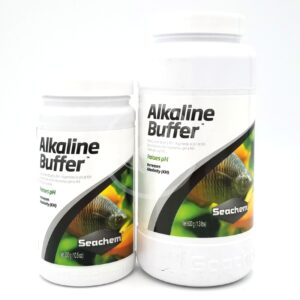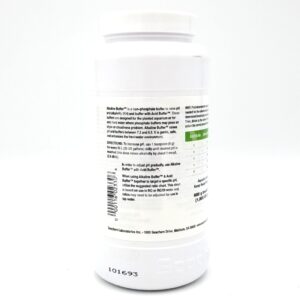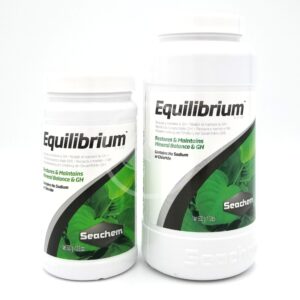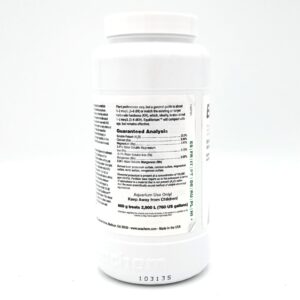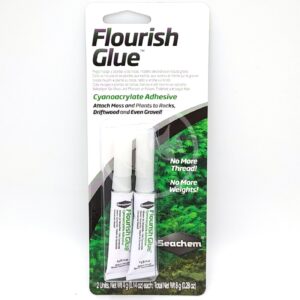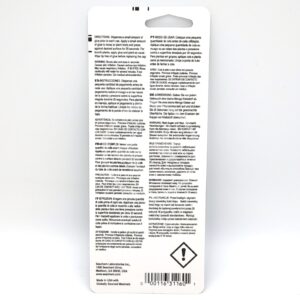Adventures in Nano-Scaping #3
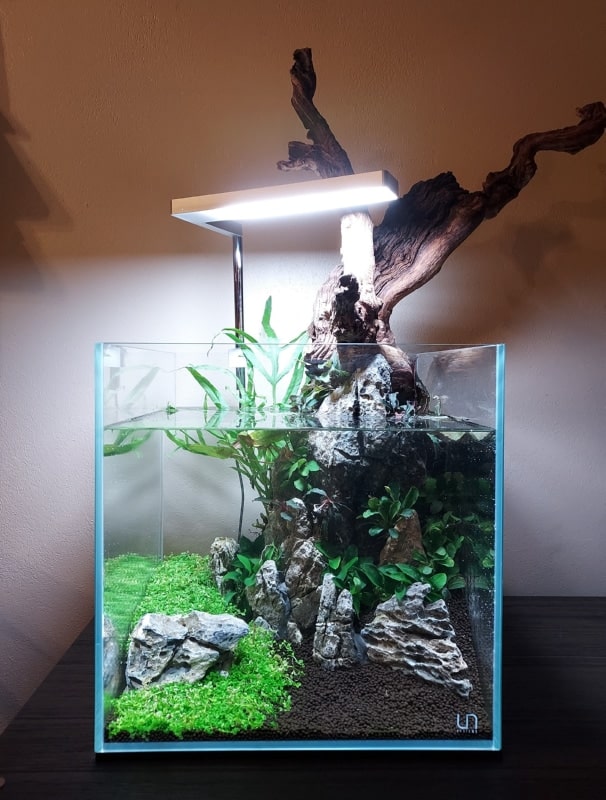
PLANTING
The aquascape has been successfully planted, with only minor deviations from the original layout plan. The main one being the plantings directly to the right and left of the Seiryu stone “mountain”. There was not enough space here for both the Java Fern Trident Mini and Crypt Wendtii Brown to be planted on both sides, so we decided to opt for Java Fern only on the left and Crypt only on the right. The initial planting position of these plants is not quite as emergent as we were hoping, but as they grow larger more foliage will become emergent.
We also felt it looked most natural to try to keep the different varieties of Bucephalandra planted together with their own type, versus mixing the varieties and spreading them out. This allows for a fuller lush look to the plantings right out of the gate. Epiphytic plants were wedged in existing crevices to hold them in place, and attached to the stone using small amounts of Seachem Flourish Glue were needed.
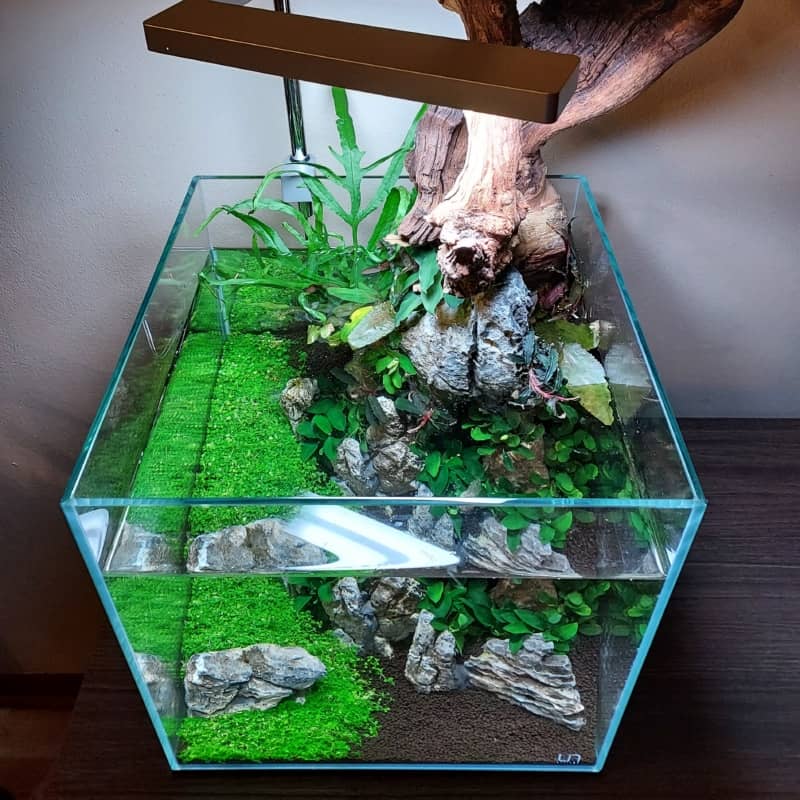

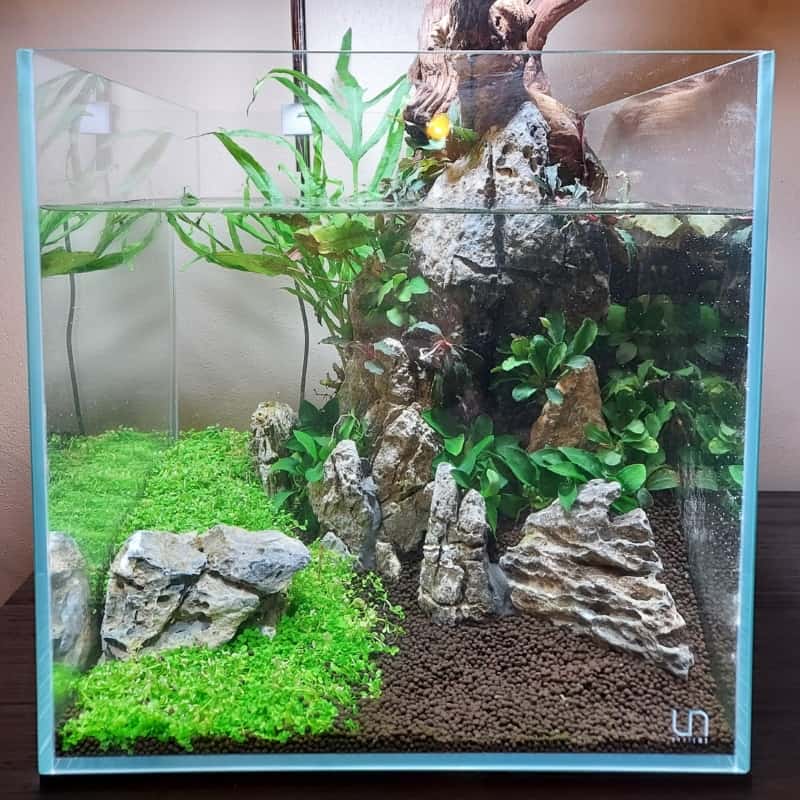
WATER
The water used for the initial fill of the aquarium is RODI filtered with a calculated blend of Sechem Acid Buffer, Seachem Alkaline Buffer and Seachem Equilibrium:
Alkaline Buffer – 0.5g per gallon
Equilibrium – 1.0g per gallon
Acid Buffer – 0.38g per gallon
The ratio used will target a pH of 6.4 – 6.8, dKH of 1 – 2 meq/L and GH of 1 – 2 meq/L. Subsequent water testing will dictate if this ratio needs adjustment.
SEACHEM ACID BUFFER
Price range: $9.99 through $64.99SEACHEM ALKALINE BUFFER
Price range: $9.99 through $64.99SEACHEM EQUILIBRIUM
Price range: $9.99 through $64.99INITIAL EXPECTATIONS
We expect that this is the “best” the tank will look over the next 6 to 8 weeks. This can be one of the hardest, most discouraging periods to endure for a new aquascape. For many of the plant species selected, such as the Monte Carlo, Anubias and Crypt, a melt stage is anticipated where the original foliage that had been grown emergent will often die off once the plant is fully submerged. Do not despair! New submerged growth then begins to appear as the plant slowly recovers and adapts to its new growing environment. It is important to remove any dead or melting foliage quickly from the aquarium so it doesn’t rot and pollute the water or fuel algae growth. Some complete plant losses are expected during this period, but hopefully it will be minimal.
There can also be various types of algae blooms that occur in a new planted aquarium as the plants become established, begin to actively grow, and outcompete algae for nutrients. Not over-lighting the tank at this stage is critical. During this period the LED light will be on for only 8 hours each day and algae growth will be monitored. The addition of algae eaters in the near future such as Amano shrimp and Nerite snails, should be enough to keep up with the small amount of algae that does grow in a properly balanced, established aquarium.
Check back for the next Adventures in Nano-Scaping blog where we will cover the initial addition of livestock and the fertilizers and supplements used!
